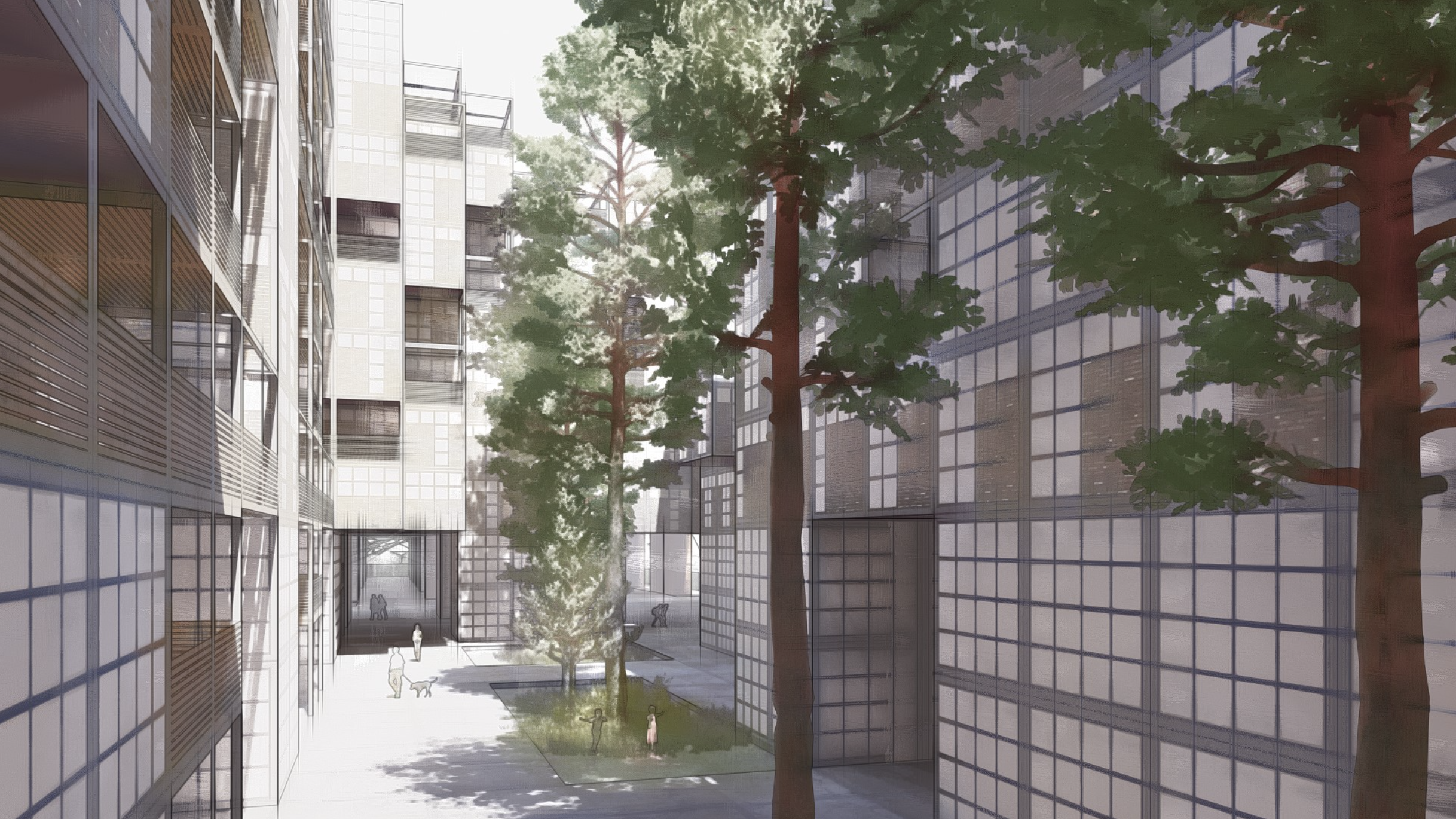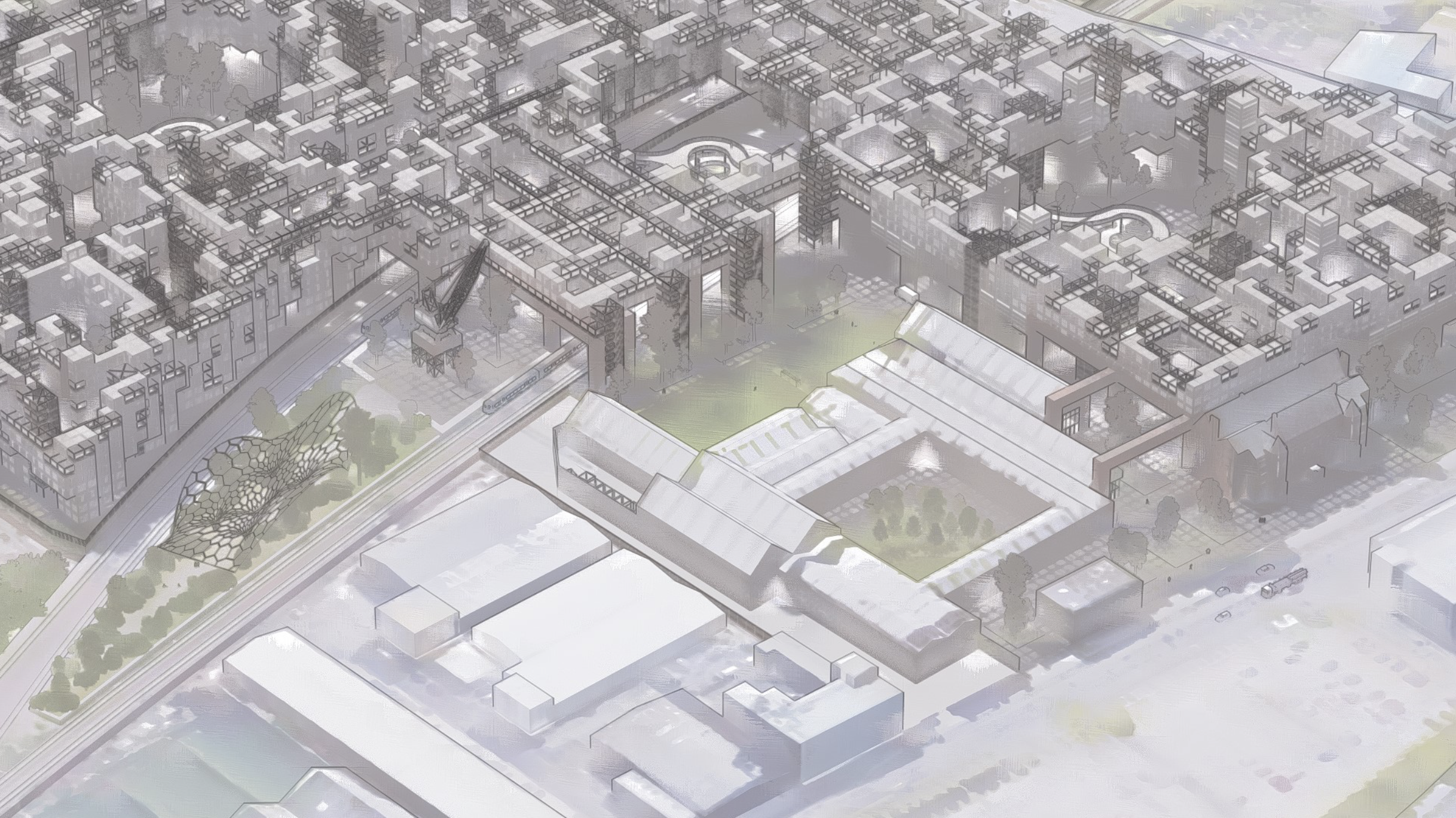The relationship between Living and Working in the city is in constant flux. As society and the economy continue to evolve to new demands, new trends and new opportunities, the work/life demands the city’s denizen continues to alter. Today, that relationship is as complex as ever, where technological advances in the digital economy have allowed us all the ability to work from home, however there is still a demand to commute in certain sectors. Also, the fragility of the work/life balance can lead to over-productivity or underproductivity – both of which have direct impacts on people’s mental health and financial position.
There is no one-size-fits-all solution – all people have differing demands and these demands can change almost instantaneously, such as a change of job, or a change of environment – such as the one provided by the current pandemic. Up until now, Architecture has been designed in 3-dimensions, with only a longevity or a sell-by date in mind, with much less consideration for adaptable design, which would allow users and business to adapt their environment to cater for changing demands. Therefore, I propose a development which offer the flexible and adaptable environment, which caters to their constantly changing demands. The purpose of the proposal would be consolidated with a special structural solution, utilising a base 3D grid or mesh, which is conducive to modular, adaptable design.
Glasgow is synonymous with Industry, innovation and the Arts. At its industrial peak, the city was a centre for shipbuilding, steelworks, engineering etc. The city’s industries were well connected to the Arts scene, with the Glasgow Style developed to specifically to allow the arts to support and celebrate industry, through textiles, carpentry and metalwork.
Today, Glasgow is a post-industrial city which has not fully moved on from its industrial past, but already suffers the consequences of the modernists who decimated the Urban Fabric with huge highways which segregated and isolated entire neighbourhoods, while depopulation through relocated people to the New Towns on the edge of the city, left a vacuum in inner Glasgow which has yet to be filled…
There are thousands of Vacant and Derelict sites throughout the city, most of which were created as a result of deindustrialisation, depopulation and modernist infrastructure projects. These sites are often cut off, isolated and detrimental to the urban fabric. As part of any proposed Architectural Solution, should be the rebirth of a once thriving and functional, but now derelict and vacant site within the cities heartlands.


